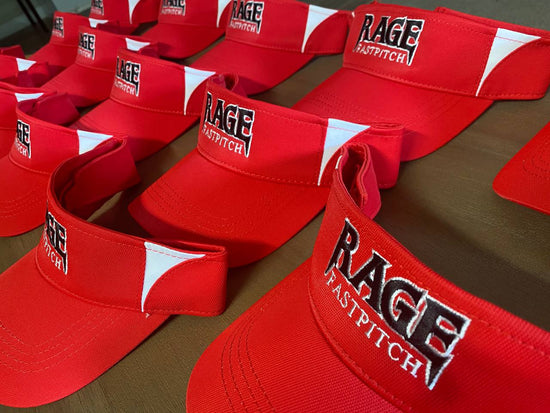Embroidery is one of the oldest forms of textile art, used for centuries to decorate fabrics and garments. With technological advancements, this craft has evolved from meticulous handwork to machine embroidery, which combines creativity with precision and efficiency. This transformation has enabled designers and businesses to produce intricate designs with high quality in a fraction of the time.
What is Machine Embroidery?
Machine embroidery is the process of stitching decorative patterns, logos, and text onto fabric using specialized embroidery machines. These machines are controlled by software that converts digital designs into precise stitches. This method is known for its ability to produce complex designs that are difficult to achieve manually.
Types of Embroidery Machines:
-
Home Embroidery Machines:
Ideal for hobbyists and small-scale projects, these machines usually have a single head and are suitable for personal or light commercial use. -
Commercial Embroidery Machines:
Designed for larger businesses, these machines have multiple heads, such as Tajima, Barudan, Ricoma, and SWF, capable of handling bulk production efficiently. -
Single-Head Embroidery Machines:
Perfect for small businesses offering custom embroidery services, such as personalized caps, bags, and apparel. -
Multi-Head Embroidery Machines:
Suitable for mass production, these machines can embroider multiple items simultaneously, significantly reducing production time.
Key Advantages of Machine Embroidery:
✅ High Precision and Quality:
Machines ensure accurate and detailed embroidery, maintaining consistency even with complex designs.
✅ Speed and Efficiency:
Compared to hand embroidery, machines complete projects in a fraction of the time, making them ideal for bulk orders.
✅ Design Versatility:
Machine embroidery allows for a wide range of designs, from logos and text to intricate patterns and detailed artwork.
✅ Consistency and Reproducibility:
Designs can be replicated multiple times with identical results, ensuring uniform quality across all pieces.
How Do Embroidery Machines Work?
-
Design Preparation:
The design is created using specialized software such as Wilcom, Hatch, or Pulse, and then converted into a stitch file compatible with the machine. -
Hooping the Fabric:
The fabric is placed and secured in a hoop to keep it taut during the embroidery process. -
Machine Setup:
The machine is loaded with the appropriate thread colors, and the design file is uploaded. -
Stitching Process:
The machine precisely stitches the design onto the fabric, following the programmed instructions. -
Finishing Touches:
Once the embroidery is complete, excess threads and stabilizers are trimmed, leaving a clean and polished design.
Popular Uses of Machine Embroidery:
🎁 Custom Caps and Hats
👕 Personalized Apparel and Uniforms
👜 Bags and Accessories
🏢 Company Logos and Branding
🎖️ Patches and Badges
Conclusion:
Machine embroidery has revolutionized the textile industry, offering unmatched speed, precision, and design possibilities. Whether for small businesses providing custom designs or large-scale manufacturing, embroidery machines ensure high-quality results that meet modern demands. As technology continues to advance, the possibilities for innovation in machine embroidery are endless.




